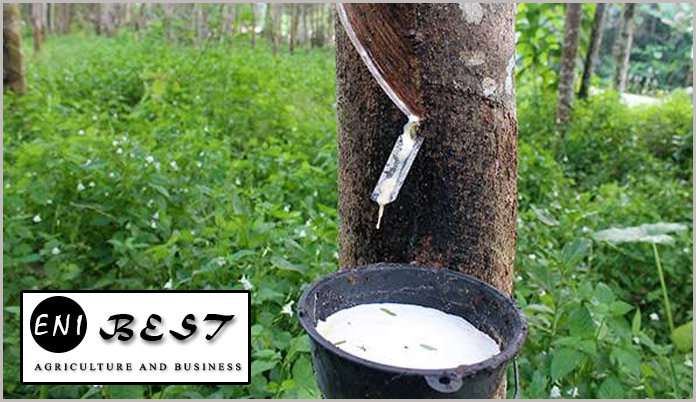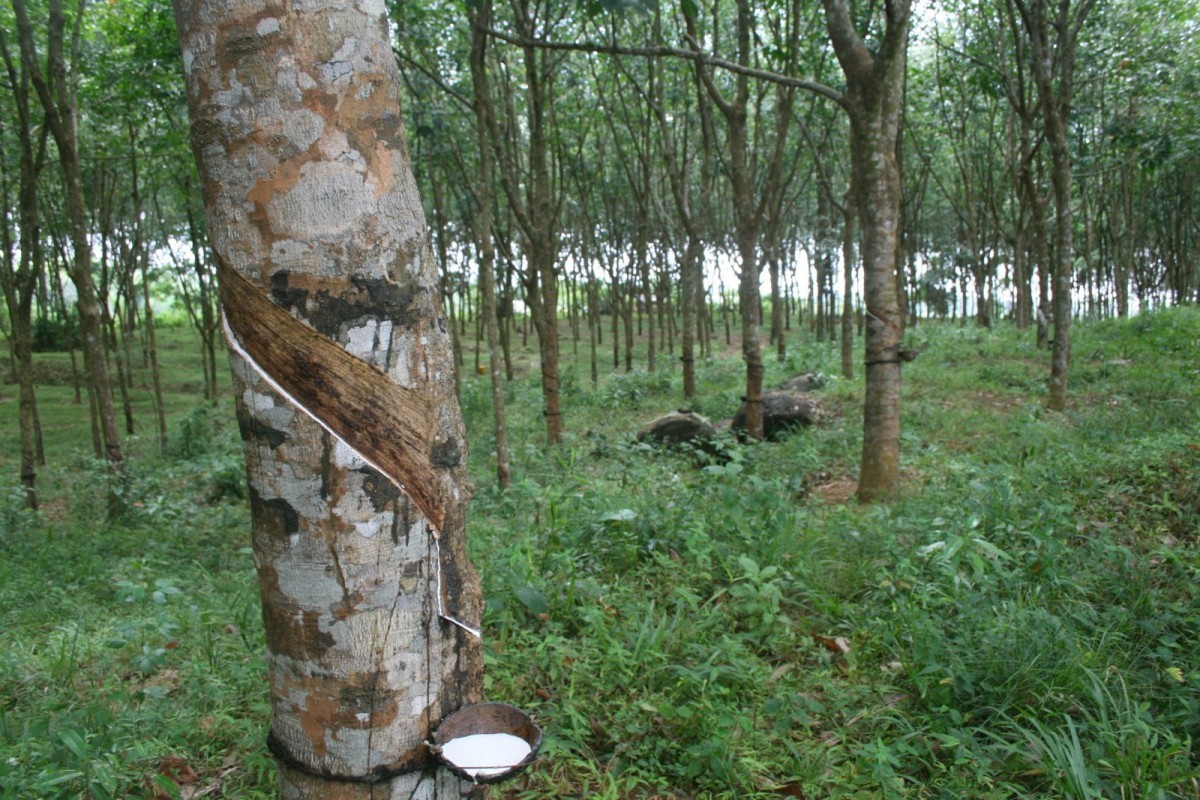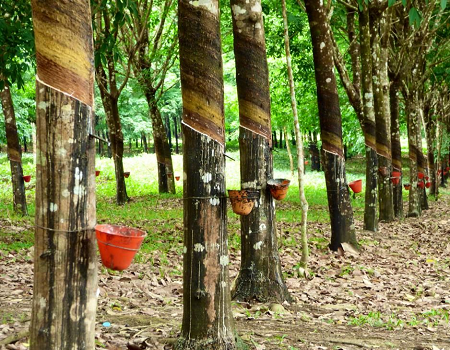The rubber tree if handled carefully can produce rubber for more than 4 years continually and can only be used as a lumber when it stops producing latex.
Rubber tree plantation in nigeria.
At present despite the challenges facing rubber development nigeria still has about 200 000 ha of rubber plantations that can be used as a springboard of post covid 19 era economic growth in.
A 30 years old rubber plantation mobilizes 200 tons of c ha he further said.
Rubber which used to be the fourth largest foreign exchange earner for nigeria after crude oil has since been neglected by successive governments despite the fact that rubber plantation is one of.
From the above it is clear that a large and sustainable exist for rubber tree cultivation and production in nigeria for both local and export market.
However hevea brasiliensis is the most commercially cultivated rubber plant.
How to start a lucrative cashew nuts farming business in nigeria.
The rubber plantations that the british were planting could be more efficient and more productive than all of the plantations in the amazon.
As a result the price for this latex was lower giving the british control of the world rubber market.
Factors to consider before cultivating rubber tree in nigeria includes land choice of variety time of planting seed rate seed dressing spacing and other agricultural practice.
In africa nigeria was once among the major exporters of natural rubber with much comparative trade advantage on its production with began in the year 1894.
Rubber farming is the process of cultivating a rubber plantation from the planting of the rubber trees to the nurturing of the trees and finally harvesting the rubber latex.
The soil requirement is well drained weathered soil consisting of laterite lateritic types sedimentary types nonlateritic red or alluvial soils.
Rubber latex is extracted from rubber trees.
Rubber is used for many purposes which may include erasers to tyres tubes industrial products.
The economic life period of rubber trees in plantations is around 32 years up to 7 years of immature phase and about 25 years of productive phase.
Presently despite the challenges facing rubber development nigeria still has about 200 000 ha of rubber plantations that can be used as a springboard of post covid 19 era economic growth in view of its industrial potentials and the presence of a number of viable processors in nigeria.
Introduction of rubber basically rubber is an elastic solid material retrieved from latex of many tropical trees.




























